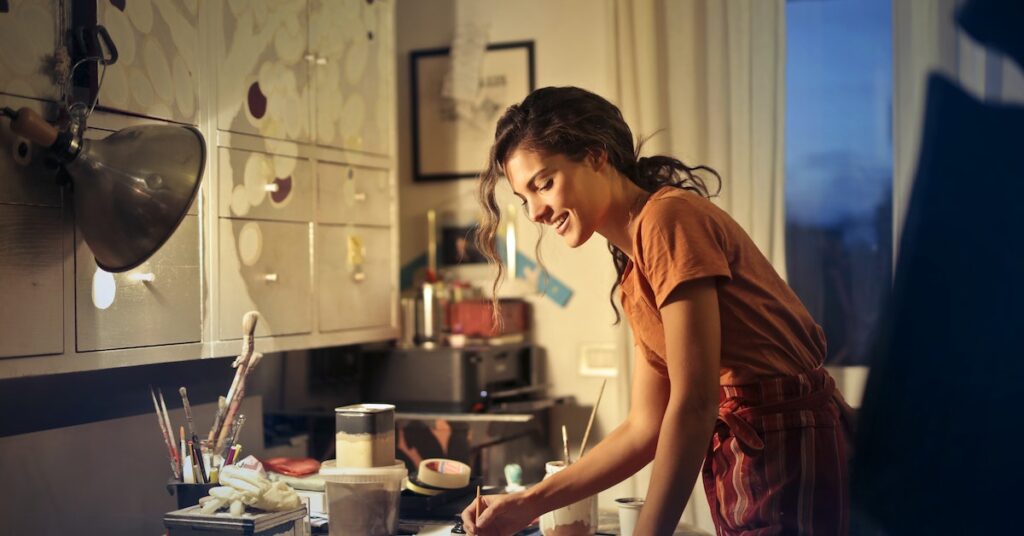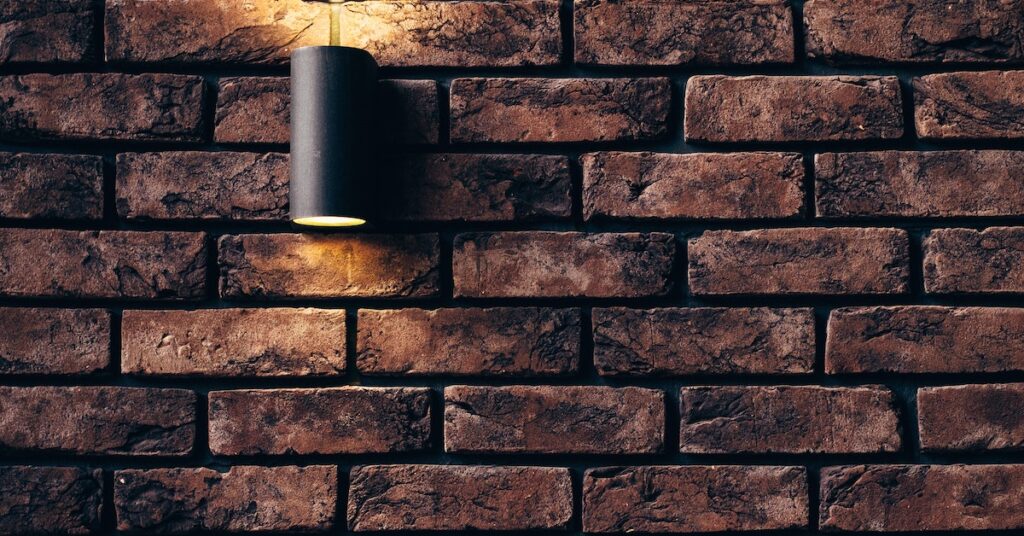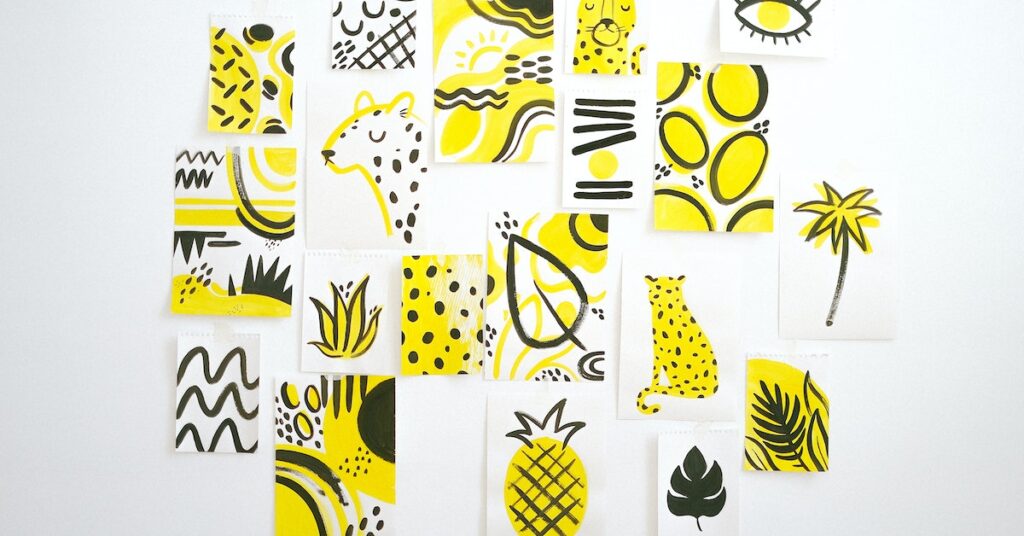One of the best ways to improve drawing skills is to practice with a pencil. You can use a pencil ranging from HB to 2B, and a blank sheet of paper. To practice drawing with a pencil, copy a line drawing upside down. Then, copy shapes and lines that appear in the original drawing.
Draw squiggles
Drawing squiggles and circles is a great way to improve your drawing skills. You can create any shape you want, and you don’t have to worry about them being perfect. You can also draw them at any size. You can experiment with the speed at which you draw them. The key is to keep practicing until you can draw them smoothly.
It’s also important to practice using different kinds of lines. The lines should be light or dark, soft or hard. These exercises can also help you build your shading and hatching skills. It’s a great way to warm up your hands before working on a more complicated drawing.
Drawing a continuous line is also a great way to improve your hand-eye coordination. Drawing continuous lines also improves your observation skills. Start with a simple shape and gradually work up to more complex designs. Drawing can be hard when you’re busy, so it’s important to make time to do it regularly. Try setting reminders for a time when you don’t have too much on your plate. You can also set aside a specific time on your calendar to dedicate to drawing.
Draw a parallel line
One of the best ways to improve your drawing skills is to practice drawing a parallel line. This simple exercise helps you develop your hand-eye coordination and requires a steady, smooth motion. You can use this exercise to practice shading techniques, too. Practice drawing a parallel line by using a slanted pencil and gradually increasing the pressure.
This exercise can be used to warm up before drawing something more complicated, or as a warm up before tackling more complex drawing tasks. It forces you to focus on your observation skills without wasting a lot of time agonizing over the details. The key to this exercise is to experiment with different kinds of lines and learn what works best for you. It also helps you practice different techniques for capturing movement and studying volume.
The first step in this exercise is to visualize the whole line in your mind before you begin. This will help you determine how much space to draw, as well as prepare your mind to draw the line accurately. You should also keep in mind that you should not be looking at the tip of the pen; instead, you should look ahead. This will help you maintain a smooth line width and make your lines look straighter. While drawing a line, it is important to focus on the angle of your line, and to keep your wrist and shoulder steady.
Draw a curved line
Drawing a curved line is a great exercise for improving your lines and curves. The process is similar to that of drawing a straight line, but with a curved line, you’ll be able to create smooth transitions and a smoother line. You can practice drawing curved lines by drawing a series of straight lines and overlapping them.
When drawing a curved line, keep the lead of the pencil in contact with the paper. This way, you can create the illusion of depth, volume, and shadows. As you become more experienced, you can try connecting more dots to the paper. Continue until you complete the outline.
Practicing drawing simple shapes is a great warm-up before longer drawings. This will force you to concentrate on your observation skills. Instead of agonizing over the smallest detail, you can focus on different types of lines, using different patterns, and experimenting with different shapes.
Draw a stick figure
One of the best exercises for improving your drawing skills is to practice drawing a stick figure. The stick figure can help you get the hang of how to draw a human body. Stick figures are easy to draw and can be helpful for beginners as well as advanced students. To improve your drawing skills, try adding arms and legs, a torso, and a face.
This exercise will improve observational drawing skills, which are the most important skills for drawing a human figure. You can practice drawing this simple subject in any medium. Try drawing a woman’s waist, a man’s shoulder, or even an old building’s decorative elements. Practice drawing simple shapes like these and you’ll find that the poses you try to draw will be much more interesting.
Once you’ve mastered the basics, you can move on to more complicated projects. For example, you can practice making measurements by drawing a stick figure. Make sure that the legs are the same length as the torso and neck. Then, make sure to bend the legs at the knee. You can also mark the direction of the feet with a simple line. This will help anchor the figure to the floor.
Draw a cross contour
Cross contour drawing is one of the most popular forms of contour drawing. It focuses on the internal details of an object, using curved or straight lines to represent the shape. The resulting sketch has a more realistic three-dimensional finish. Practicing this drawing exercise will help you develop your observation skills, as you will learn that the shapes of objects have many layers.
While you can start by drawing a cross contour from the outer edge, you should start from the center or one of the edges. When working on the contour, it is important to stay on the paper and not overthink your movements. This will prevent you from getting too hung up on perfectionism.
This drawing exercise is a great warm-up before tackling a longer drawing. It forces you to use observation skills, which is essential for good art. This exercise also forces you to focus on the overall shape of an object, without spending too much time agonizing over details. As a bonus, this drawing exercise will teach you to experiment with different types of line.
Draw a standard object
Drawing a standard object can be an excellent way to improve drawing skills. This type of exercise will help you understand the form and proportions of an object better, as well as improve your hand-eye coordination. It will also help you to draw at a faster pace. This exercise also helps you improve your understanding of proportions and foreplans.
This exercise is an excellent warm-up exercise before longer drawing sessions. The reason this is so effective is because it forces you to focus on your observation skills. As you practice your drawing skills, you can experiment with different types of line and shapes. The more you practice, the better you’ll get.
Another way to improve your drawing skills is to practice capturing the motion of an object. This type of drawing requires a lot of practice and fluid motion. This technique is often used by portrait artists as a warm-up exercise.
Draw from memory
If you want to improve your drawing skills, you can try to draw from memory something you see in your daily life. You can do this exercise for as long as 20 minutes a day. For example, you can try to draw a car door handle or the person opening it. Moreover, you can do this exercise anywhere and anytime.
There are two ways to improve your drawing skills: drawing from memory or drawing from observation. While traditional methods of memory training are still important, drawing from memory makes a great companion to nature. You can start by drawing an irregular geometric shape that is around four or five inches in width. Once you learn the basic steps of drawing from memory, you can try drawing more complex shapes.
You can also practice drawing from memory by using a picture of a person. It helps improve your drawing skills because this type of exercise incorporates different ways to represent information. This is good for people who have problems remembering details and forming mental images.
Draw from a grid
Drawing from a grid is an excellent way to develop observation, measuring, and patience. It also enhances technical control and tonal/media sensitivity. While some art teachers and students feel that this exercise is time-consuming and repetitive, its benefits are numerous. Moreover, it boosts confidence because the outcomes are observable and easily accessible. If you’re interested in trying it out, here are some tips:
To start practicing drawing from a grid, you’ll need a paper copy of your reference image, a ruler, a mechanical pencil, and a work surface. When drawing the lines on paper, it’s best to use a mechanical pencil because it produces thin, precise lines. Mechanical pencils are also easier to erase, which is beneficial when you’re working with a reference image.
Drawing from a grid also helps improve hand-eye coordination. It can also improve your perception of negative space. However, the downside to this method is that it only allows you to copy, and copying is not helpful when you want to draw from your imagination. If you stick to grids and do not let your imagination take over, you’ll probably end up with doodles and poor art.
Practice in isolation
One of the best ways to improve your drawing skills is to practice in isolation. By practicing with one joint, you’ll develop control over it, increase range of motion, and gain confidence. Drawing with more than one joint can become confusing and cause you to lose control. Practice in isolation by using a pencil and paper, one joint at a time.
Another way to improve your drawing skills is to practice blind contours. By drawing without looking at the subject, you’ll be able to bypass the habits that are controlled by the logical side of your brain. This will allow you to concentrate on the subject matter at hand. This method is also useful for warm-up exercises before you begin longer drawings.
You can also practice drawing in isolation with geometric shapes. These simple shapes will improve your hand-eye coordination, and will also help you learn proportions and the foreplan.








